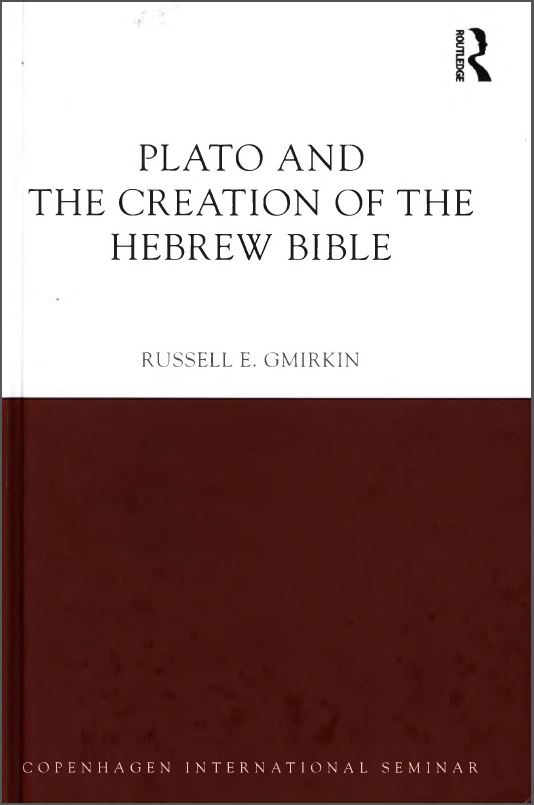 The table here is a simplified summary of some of the points Russell Gmirkin discusses in Plato and the Creation of the Hebrew Bible. It is far from being a complete representation of his discussion. It is best read as an easy reference guide in conjunction with the detail covered in the book. The table is only a starting guide: it will be expanded and modified as the details of laws are further explored. I expect to do a few more similar tables for other types of laws. (Still putting on hold the discussion of the final chapter of Plato and the Creation of the Hebrew Bible as I backtrack to sections I covered too briefly earlier or inadvertently omitted altogether.)
The table here is a simplified summary of some of the points Russell Gmirkin discusses in Plato and the Creation of the Hebrew Bible. It is far from being a complete representation of his discussion. It is best read as an easy reference guide in conjunction with the detail covered in the book. The table is only a starting guide: it will be expanded and modified as the details of laws are further explored. I expect to do a few more similar tables for other types of laws. (Still putting on hold the discussion of the final chapter of Plato and the Creation of the Hebrew Bible as I backtrack to sections I covered too briefly earlier or inadvertently omitted altogether.)
ANE = Ancient Near Eastern laws
Greece/Plato = Laws as implemented in Athens and/or Laws presented as ideals by Plato in Laws
| GORING OX | Bible | ANE | Greece/Plato |
| Ox stoned | ✓ | X | ✓ |
| Carcass not to be eaten | ✓ | X | ✓ |
| Money compensation for loss | ✓ | ✓ | ✓ |
| If ox kills a man after owner was warned and failed to act, — money compensation |
X | ✓ |
|
| If ox kills a man after owner was warned and failed to act, — owner executed |
✓ | X | ✓* |
| HOMICIDE | Bible | ANE | Greece/Plato |
| A homeowner justified in killing a night burglar | ✓ | X | ✓ |
| Blood pollution of the land to be cleansed | ✓ | X | ✓ |
| Kin to the victim required to prosecute the murderer | ✓ | X | ✓ |
| Kin to the victim required to carry out the punishment | ✓ | X | ✓** |
| Asylum cities / temples for refuge | ✓ | X | ✓ |
| Exile for unintentional homicide | ✓ | X | ✓ |
| Execution by Burning | X | ✓ | X |
| Execution by Drowning | X | ✓ | X |
| Execution by Impalement | X | ✓ | X |
| Execution by Beheading | X | ✓ | X |
| Execution by Stoning | ✓ | X | ✓ |
| State officials carry out the penalty | X | ✓ | |
| Community carries out the penalty | ✓ | X | |
* owner tried for murder
** if the accused prematurely returned from exile
See also Plato and the Hebrew Bible: Homicide Laws
Neil Godfrey
Latest posts by Neil Godfrey (see all)
- Questioning the Hellenistic Date for the Hebrew Bible: Circular Argument - 2024-04-25 09:18:40 GMT+0000
- Origin of the Cyrus-Messiah Myth - 2024-04-24 09:32:42 GMT+0000
- No Evidence Cyrus allowed the Jews to Return - 2024-04-22 03:59:17 GMT+0000
If you enjoyed this post, please consider donating to Vridar. Thanks!

Who knew oxen used to be so deadly? I’ve seen many an ox draw at a fair and they never attacked anyone.
Mmm…. right, ox is probably not the best translation
We find it has become standard, though, in translations in Roth’s Law Collections from Mesopotamia and Asia Minor (2nd ed, 1997):
Eshnunna’s
And Hammurabi’s
Oxen knew how to be real oxen back in them days.